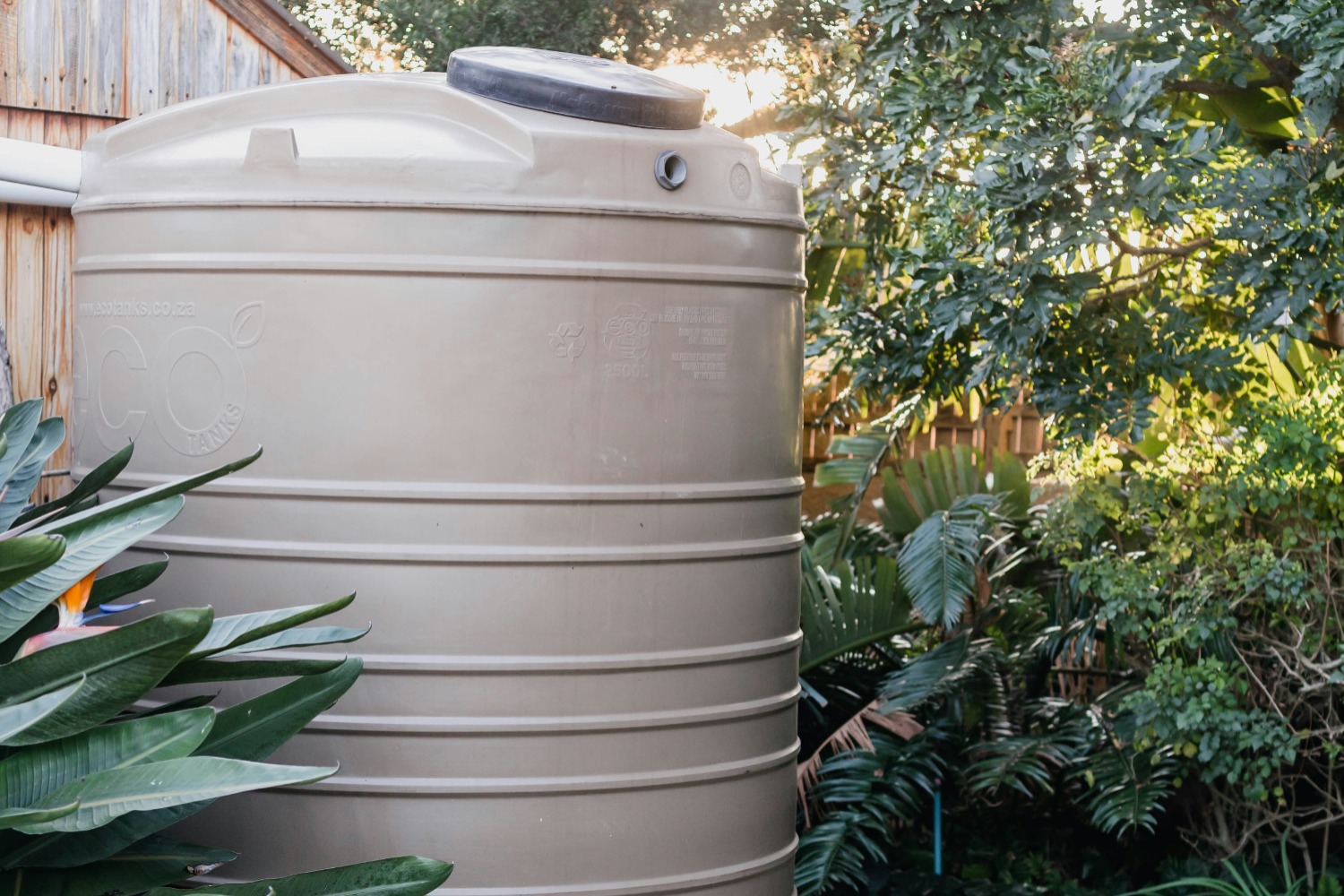The Solutions Explorer lets you create alerts that match your needs. You can create several alerts and you will receive a notification each time a new Solar Impulse Efficient Solutions is labelled and matches your filters.
Your Search Alerts will show up here.
Sign in to create alerts for your filters and search terms.
Sign inDon't have an account?
Sign upAccess exclusive opportunities for Investor Members Only
The Investment Hub is a platform by the Solar Impulse Foundation that connects innovators with investors to fund scalable and sustainable solutions. Through tailored matchmaking, e-pitches, and a collaborative digital environment, it helps drive impactful innovation forward.
Sign in to explore a world of dynamic and high-potential investment opportunities.
Sign inDon't have an account?
Sign upPromoting the use of water tanks to harvest and reuse rainwater to reduce environmental pressure and lower long-term water expenses

Promoting the use of water tanks to harvest and reuse rainwater to reduce environmental pressure and lower long-term water expenses
Would you throw money down the toilet, into your garden, or across your car? No, because it sounds stupid to waste precious resources, right? However, that’s essentially what we do when we use clean, treated drinking water for our activities like gardening, washing vehicles, and flushing toilets. It’s not only wasteful—it’s unsustainable, especially as we know freshwater is under important and increasing pressure. The daily global average water consumption in residential areas is up to 600 litres in North America and Japan, between 250 and 350 litres in Europe, and between 10 to 20 litres in Sub-Saharan Africa (1). Additionally, about half of the world’s population experienced severe water scarcity for at least part of the year in 2024 (2). A smarter and more sustainable solution is to collect and reuse the natural and free resource of rainwater through water tanks. In the long term, rainwater harvesting would first reduce your reliance on municipal water supply and lower your bills, but most importantly, lighten your environmental impact. With this simple approach, we can stop wasting drinking water where it’s not needed and start using what nature gives us for free.
It is no surprise that water is becoming an increasingly scarce resource with climate change shrinking global water availability and populations continuing to grow (3). Trillions of cubic meters of water are withdrawn every year, and global water consumption includes the agriculture sector for about 70% of freshwater withdrawals, followed by the industrial sector and the domestic, or municipal, usage for about 12% (2). Moreover, only 57.8% of the world’s domestic wastewater was treated safely in 2022 (1). Another important consideration is the cost of tap water, with average water bills varying from country to country depending on private or public sector affiliation. In Norway, for example, the annual average water bill per household equals 970 euros per year (4). In contrast, the average cost of a 5,000-liter rainwater tank is around 975 euros for a concrete tank and about 1,745 euros for a plastic one, both requiring minimal maintenance over time (5) and have a lifespan from 10 to 30 years (6). Moreover, freshwater used for toilet flushing as well as garden and car washing represents, respectively, 25% and 5% of our consumption, which can be easily replaced by rainwater (7). Other important considerations include the financial and environmental costs associated with chemical water treatment. Therefore, it is crucial not to waste this valuable resource and reuse the free and natural rainwater collected for better sustainability and cost-effectiveness.
The information presented above, is solely for the purposes of information. The Solar Impulse Foundation does not assert to possess the definitive answer but aims to present intriguing facts deemed important for consideration in our daily choices and discussions related to climate action. It does not intend to function as a moralizing entity but rather seeks to showcase societal norms that may not always be logical, while also offering better, more environmentally friendly alternatives, catered to improving the overall well-being of individuals andsociety in general.